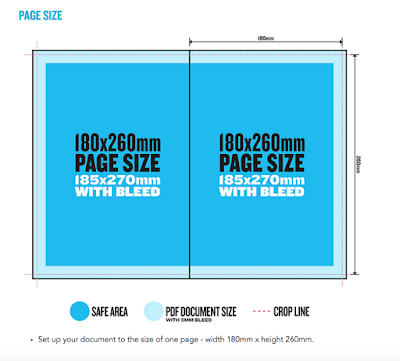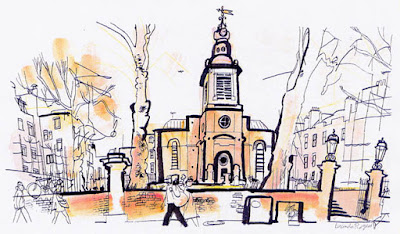D&AD is a non profit organisation that was founded by a group of inspirational art directors including David Bailey, Terence Donovan and Alan Fletcher.
26 Categories for professional awards. Client driven work that has been released in the past 12 months.
Work is judged in London. Judging process is important, integrity is key to everything that goes on at D&AD.
Public exhibition; first D&AD Festival. 25-27 April
Professional awards underpin everything they do at D&AD.
Win One/Teach One basis- Nurture the next generation of talent
New Blood
Celebrate and elevate new creative talent
Awards, Festival, Academy
Academy: Two week workshop. Entering awards and entering for an academy place, or a wild card. Something definitely worth aiming for.
STANDING OUT: Take something that is great and get the word out there. John lewis, amazon, desperados, mubi, squarespace, arjowiggins
Arjowiggins: create a tangible and personal relationship between paper and digital.
Mobil: campaign to get the word out there
SHIFTING PERCEPTIONS: kickstarting dialogue, changing conversations, opening eyes and shaping perspectives
Autistic society
Crowne Plaza
SHAPING THE FUTURE: big chunky challenges
BBc, hasbro, nationwide, pearson
Nationwide:open banking initiative.how can you bring data into everyday life
Hasbro: golden age of board game, but screen crisis. Old school party game
You've got to be in it to win it!
Why is entering so great?
Every single piece of work that is entered is seen by the judges
What does winning look like? key into the door of creative agencies
Ticket to the new blood awards ceremony
Chance to apply to new blood academy
Name in lights
Hamish gardner-cats not ads
WINNING TIPS
1.show personality evoke emotion
2.make a connection
3.be brave
Make people laugh, cry, gasp, angry; make people care. tell a story and inject some personality. REALLY BE YOURSELF. Level of emotion and humanity that shows through. Should be more than a job to you, its your own life, its your voice so use it. Do the unexpected.
Make a connection between idea and audience. Get under the skin of the people who you are talking to. Look for the white space to generate the idea and deliver an execution from the back of it.
Go the extra mile and really make a statement. Be bold and be different. Doing things the ways that you want to do them. No matter what you see, that is the number one thing you need to be when you get a brief. Keep going. Originality, bravery and persistence.
Look at 'stubble' cut the crap
ENTRY DETAILS
Download briefs and create your response
£20 per entry
JUDGING CRITERIA
does it have a great creative idea
well executed
on brief?
How would it be delivered and realised. Real depth of thought for real life. Tell the story and get across the idea of what it is. Show the process and development of idea. Craft based briefs, the execution is key. Craft is always at its most powerful when it is driven by the concept. Keep revisiting the brief. Needs to answer the challenge at the heart of the brief.
PENCILS
Wood, graphite, yellow (bronze silver gold)
White: social responsibility and environmental. combining purpose and profit
Black: Best of the best. New generation of hope.
(no quota on pencils)
Entry deadline: 15th March (its actually the 22nd)

























